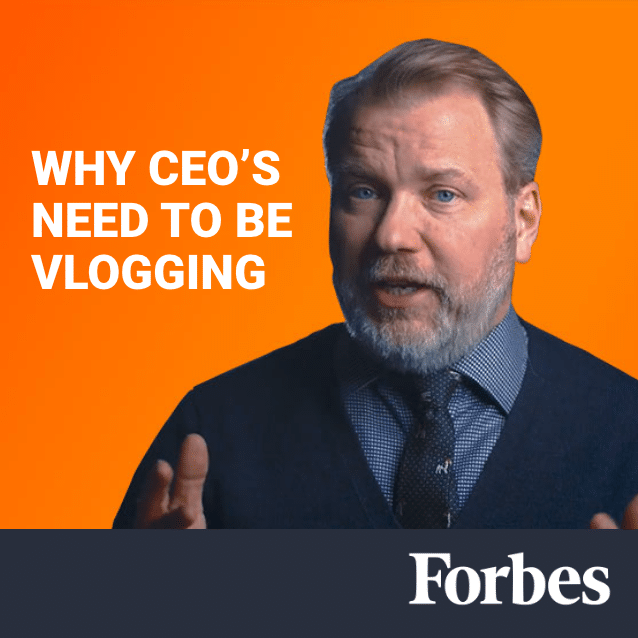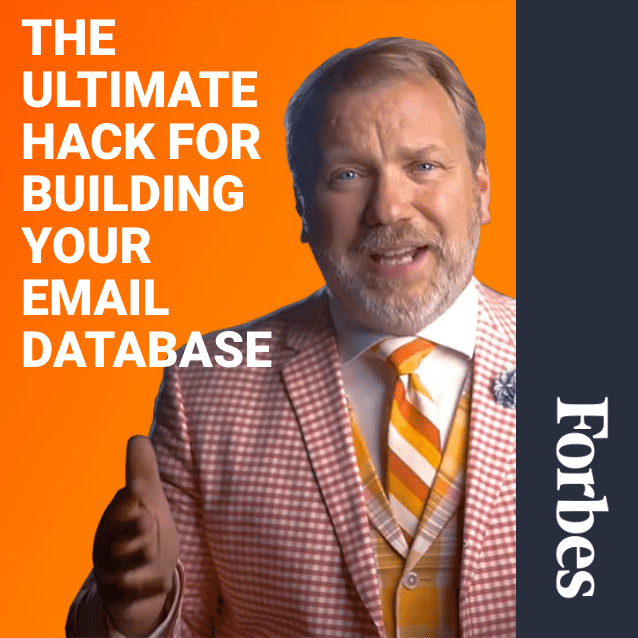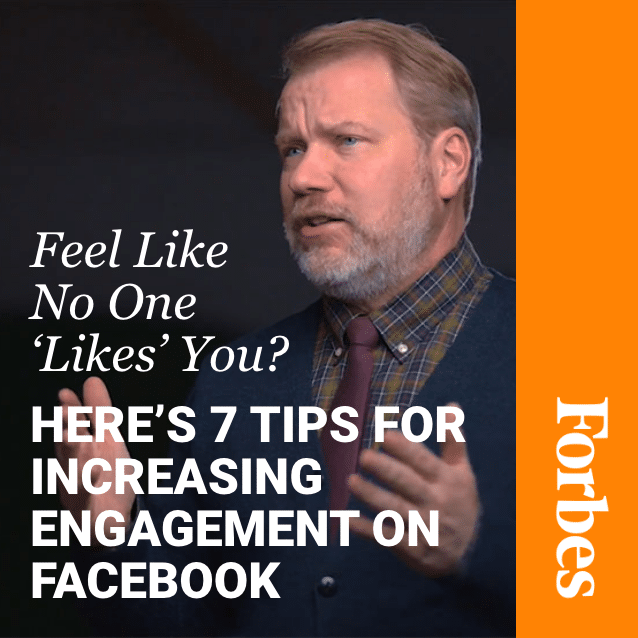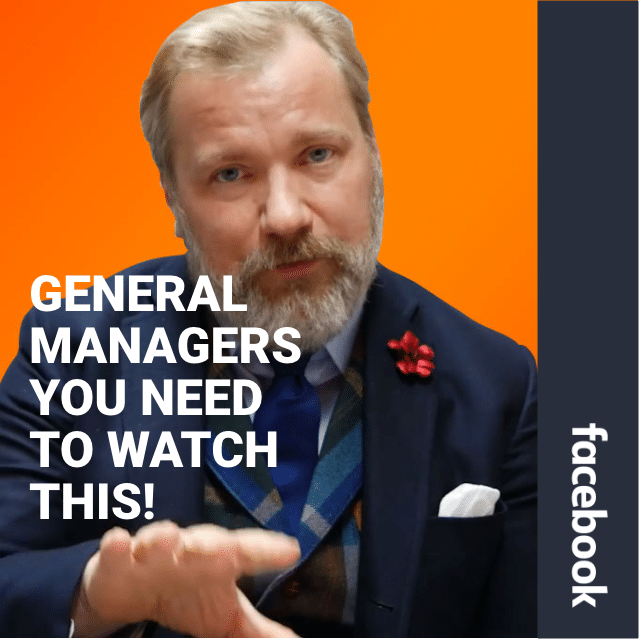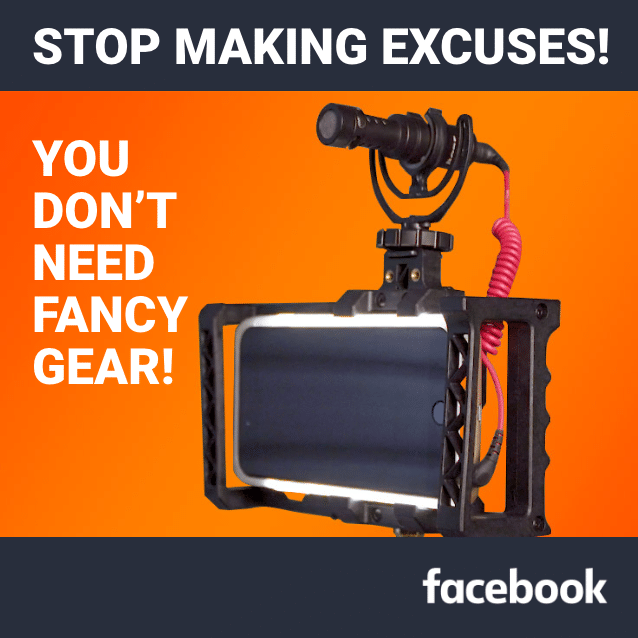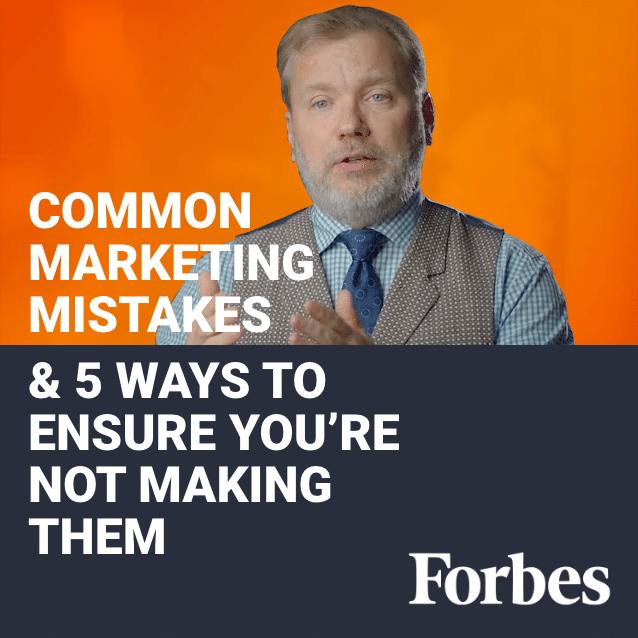Read the entire article on Forbes
We want to help you reach your business goals. Subscribe to get actionable Marketing and Leadership tactics and strategies in your inbox.
YouTube hit the cyber scene back in 2005, with its first upload being an 18 second clip of site co-founder Jawed Karim at the zoo. It didn’t take long for it to become the second most visited site on the web, trailing only behind Google, with over 1.3 billion users on Youtube uploading 300 hours of video every minute! Most of that footage has little to do with trips to the zoo…
YouTube has evolved well beyond a video sharing platform, earning its stripes as a fully fledged search engine, with viewers all over the world turning to the site for information of all kinds; from product reviews to how-to’s, and so much more.
Over 80% of viewers on YouTube turn to it either to help solve a problem or learn something new, which means there’s ample opportunities for individuals to create content that others are looking for. Some have managed to take this understanding and run with it, becoming fully fledged ‘YouTubers.’
YouTubers could refer to anyone who curates content for the site, but in this case we’re talking about those who have managed to monetize their video efforts into full-time jobs. With some video creators earning upwards of eight figures, YouTube fame has become a sought after career by many.
But— it’s no easy feat to generate content regularly and build a loyal following of a few hundred thousand amongst billions of other people trying to do the same thing. Regardless of whether or not that’s your end goal, creating content for YouTube can be beneficial for more than financial self-interest.
Businesses are utilizing the platform to create content around their services, providing information for free in order to get their name out there and build their credibility level. Almost all of marketers using video in their advertising strategies say it helps customers better understand how to use their products or services, and reduces the queries their support teams receive.
So whether you’re an aspiring YouTuber or want to learn how to use the platform to grow your brand or business, there are eight guidelines to follow when starting your channel.
1.) Determine Your Objective
Before starting to curate your content, you need to determine what your objective is; do you want to be a Logan Paul or Daniel Middleton, or do you want to create content that drives awareness for your business? Your answer should determine the style of videos you create.
If you’re looking to create a channel that will eventually be your bread and butter, there are a few different ways users monetize their videos. The first way is based off of views and subscribers; the more followers and engagement a channel has, the more valuable it is in terms of ad space. Google owns YouTube and sells advertising space on popular channels, cutting a check to the owner of that channel.
YouTubers can also get sponsored by companies that somehow relate to the content they create; for instance, a popular makeup tutorial channel could get a sponsorship by Maybelline or Covergirl if they received enough traffic to their videos. The YouTuber might be required to do review videos of the company’s products, or use them in their videos, as their part of the sponsorship.
Some YouTubers get so popular, they earn profits consulting others who want to become successful YouTubers like them!
But even if you don’t want to curate an income with your channel, YouTube is still a beneficial tool to leverage for curating awareness and trust with your audience. While you may not be racking up hundreds of thousands of views, it’s great for creating interest and works wonders as supplemental advertising.
2.) Decide Your Niche
If your content isn’t somewhat concentrated in terms of theme, your audience isn’t going to know what to expect from you and won’t be able to create a connection with you.
Think of your channel as a story, and your videos should continue to tell the same story. This doesn’t mean you can’t stray from the plot every once in awhile, with videos covering things outside of your realm of expertise. It’s just important to understand what your unique direction is going to be prior to creating your videos.
When trying to determine your niche, consider what you’re passionate about, good at or known for. These are the things that will be easiest to focus on and talk about consistently because they’re what you know!
Make searches on YouTube for content related to your niche or theme and see what kind of videos people are creating on it. This will inform you on what common questions viewers must have that they’re looking for videos on, as well as how saturated the particular market is that you’re looking to enter.
In efforts to flesh out your channel and video assets, download free resources such as TubeBuddy and vidIQ, which are Chrome extensions that can be utilized when you’re on YouTube. They allow you to see the keywords being used in other user’s videos, how they’re ranking and other information that you can use to inform your own video postings.
3.) Deciding Your Frequency
If you want to take your YouTube channel seriously, it’s important to determine a cadence for your content. This provides your audience with an understanding of when they can expect to see you and your videos.
Design a schedule that’s realistic to your life. How often will you actually be able to create videos? How long does it take you to edit them? What days do you have more time to allot to the organization of your channel and the posting of your content?
Determine what day and time you’ll be posting and… stick to it!
Your audience needs consistency from you in order to maintain a connection with you, so acknowledge the schedule you’ve created in your videos— letting your viewers know they can expect to see your next video Tuesdays at 10 AM or Saturdays at midnight; provide them with that call to action to come back to your channel for more.
4.) Cross Promote Your Channel
Cross promotion on YouTube is when two creators either create a video together, highlighting each other’s content, or reference each other in their videos. This allows both partners to gain access to the other’s audience, potentially doubling their own.
This mutually beneficial tactic is a great way to grow your fan base, but it doesn’t work with just anyone who has a channel.
When looking for creators to cross-promote with, consider your niche. In order to seem relevant to the audience of the person you’re looking to do this with, you and your content need to be useful to them in some way.
Find channels with topics and videos similar to your own, because the audience for that channel would more than likely be interested in what you have to say too. So next time you see a creator doing what you’re doing, don’t think of them as competition; consider how you could benefit from working together.
5.)Promote On Your Platforms
You’ve more than likely got a few social media profiles that have have been in existence long enough to curate a following, so use them!
Promote your new YouTube channel across all other platforms you’re currently using. Create a post on each of your profiles promoting your channel; if you’ve got an email database, send them an email letting them know you’ve started creating videos on topics they’d be interested in; put your channel URL in the bios of your profiles.
Another great way to get your videos out there is to find online forums discussing the same content you cover in your videos. Facebook Groups are a great example, as there are thousands of them on every possible topic under the sun, and the individuals who join these groups do so because they’re actively looking for the information you provide. It’s much easier to get their attention in these spaces than it is in general social postings.
6.) Spend Some Money
If you want to ensure your content is getting in front of the right eyes, or any eyes at all, put a little money behind it.
Google owns YouTube, so through the Google advertising platform Adwords, you can run ads on specific channels. You’ve seen them before; the bumper ads that come before the video you’re anticipating watching or the companion ads that pop up along the list on the right hand side of recommended videos.
Find channels that create content similar to yours, or that compliment what you provide, and run ads on their channel. This is a great way to drive traffic to your videos while creating awareness amongst an audienced primed for your content.
7.) Share, Like and Subscribe
While it might not seem all that important, it’s extremely beneficial to ask your audience to like, share or subscribe to your videos. Providing them with a call to action upon finishing your video, after they’ve received what they were looking for, is a great way to get your channel engagement rates up, as well as get your videos circulating.
Remember, engagement in video viewership is paramount to viewability. The more action you’re getting on your channel, the more often your videos will show up in searches.
8.) Eat It, Sleep It, Dream It!
If your goal is to become the next Casey Neistat, you need to make working on your YouTube channel a full time job. I’m not suggesting you quit your current position, but understand that in order to earn an income on the platform— it takes work.
Treat it like any other goal you’ve had and commit! YouTube features update regularly, and new ones are added often, so researching daily is a necessity.
Everyday you wait to get started on your channel is another day the competition grows steeper. Video isn’t going anyway and YouTube is king, so take these strategies and get your channel in motion!
